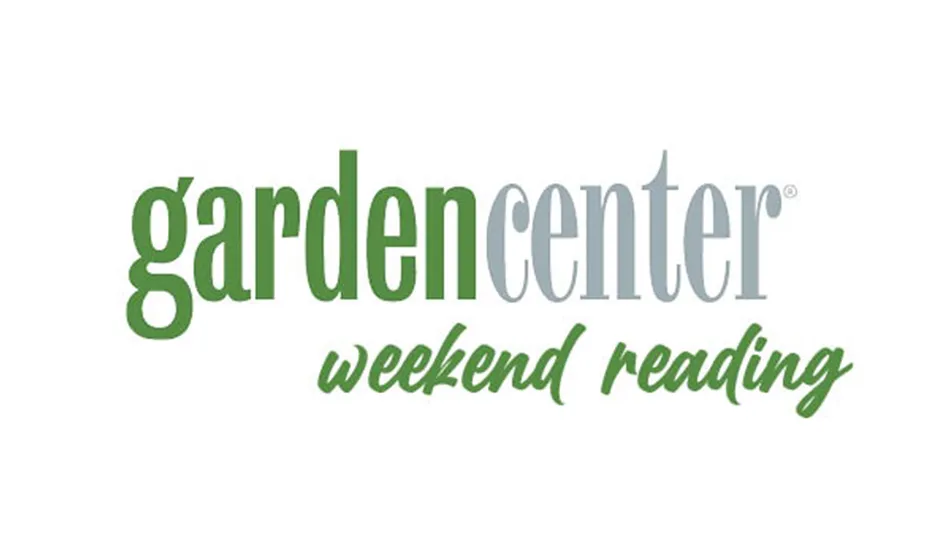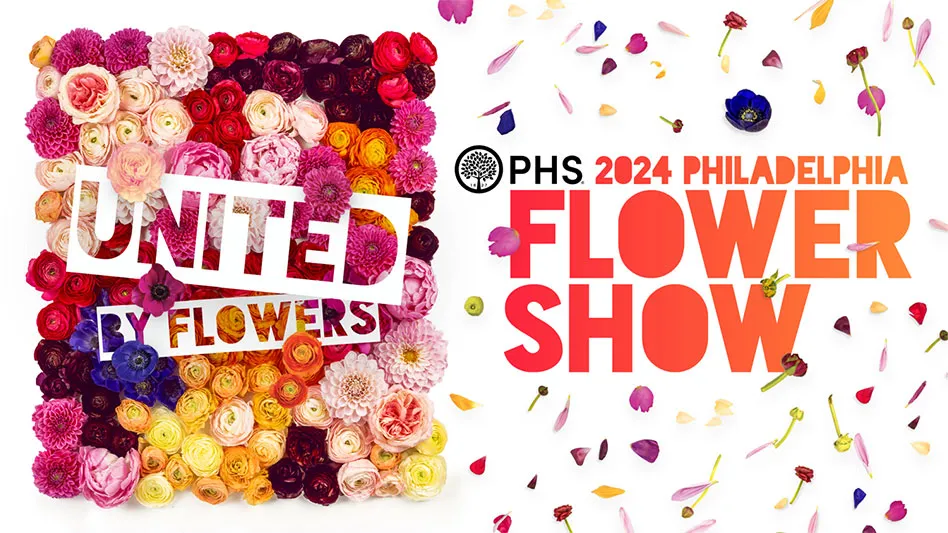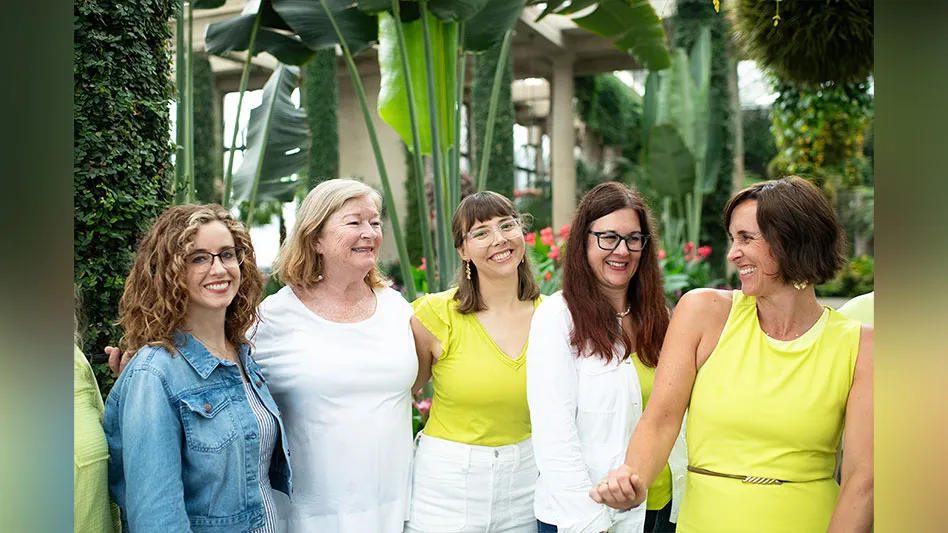 Pricing products challenges businesses from many perspectives. The question almost always is, “How much should I mark up this product?” rather than “How much is this product worth to my customers?” We don’t focus on the product benefits as much as we focus on the cost that went into creating that product. Benefits are worth far more than most conventional mark-up on cost formula would predict them to be. Perhaps we should view pricing not from a one-method perspective, but from a portfolio -- meaning a group of similar items -- perspective.
Pricing products challenges businesses from many perspectives. The question almost always is, “How much should I mark up this product?” rather than “How much is this product worth to my customers?” We don’t focus on the product benefits as much as we focus on the cost that went into creating that product. Benefits are worth far more than most conventional mark-up on cost formula would predict them to be. Perhaps we should view pricing not from a one-method perspective, but from a portfolio -- meaning a group of similar items -- perspective.
Pricing by container size
Many retailers tend to group and set product prices by container size. Why should all or most of the value be determined by what lies below the soil line in the container when the real value lies above the soil line? Sure, it is easier to have a pricing formula where plants are marked up a standard three, four or five times the cost of the container. But what is that product really worth? While mark-ups are a good place to start the pricing decision, categorizing by container size can be a more strategic way to price plants.
Take a category of plants, like 12-inch hanging baskets or a 4-inch single item container. Tom Dudek, district extension horticulture and marketing educator with Michigan State University, and I reported on the range of prices for these two products in a relatively narrow geography of Western Michigan and found the range to be several dollars wide.
Using Figure 1 as a demonstration, the price floor is the lowest price charged for the item, in this case a hanging basket. Below this price floor, the product is no longer profitable. The price ceiling is the highest price any product of this type might get. The price ceiling would represent the highest price any consumer in the market would be willing to pay for one item in this category.
So, where does the strategy come in? Well, rather than having a single price for every 12-inch hanging basket, why not think about segregating them into two or three groups? Product Group 1 would sell best at the lower price points, closer to the price floor. Product Group 3 would sell closer to the highest price point possible or the price ceiling. Product Group 2 would sell best in between those two groups. So, rather than selling everything at one price point, there are now three price points for all of the 12-inch baskets. Group 1 could be labeled as “Good,” Group 2 might be called “Better,” and Group 3 could be classified as “Best.” Another way to label these groups are “Standard,” “Deluxe” and “Premium.”
Pricing standard vs. special items
Standard items might be those in the mature stage of the product life cycle (Figure 2). Those are products that have been on the market for quite a while and are sold at many other retail outlets. These standard items include products the retailer has sold for years and are in a relatively “standard” container size. In Michigan, one of those standard items is a 4-inch geranium. There isn’t much product differentiation there. Most retailers sell this standard plant at a competitive price because customers often price-check “standard” items.
The better or deluxe items would include plants, colors, or cultivars that have been on the market a short time, but aren’t brand new. These items are sold at few locations and are in the growth stage of the product life cycle, but customers don’t have a lot of choices on where to buy them. Better or deluxe items are often defined by the market in which you operate, so the competition will need to be examined closely to see if they sell the item (yet). Premium items are those plants, colors, or cultivars that are very new to the market. These items are in the introduction or early growth stage of the product life cycle. This early stage of the product life cycle is the key to profitability. Although offering new products is risky (will the market really want it?), this is where the market often pays the highest reward. Premium products have more value, often because they are new or novel. Their value is quite different from standard products, and should not be measured by the size of the container.
One important thing to remember is that cost of the item is not the determining factor of price – willingness to pay is. If some customers are willing to spend more for a particular type of 12-inch hanging basket, it doesn’t necessarily mean that it costs more to produce. One factor that may help to put a basket in this category is inventory. Those premium products likely have a limited inventory. If you don’t have very many plants of that type, charge a premium price. If the plant cultivar is very new - and you also may not have much in inventory - why not charge a premium price? Consumers who see the value will pay the premium price for products they can differentiate from other products.
How to profit from portfolio pricing
Let’s look at what portfolio pricing can do for profits. This is a very simple example, in order to follow the principle of portfolio pricing. The costs and units are small and rounded, to keep the math simpler.
If a grower or retailer could sell 175 12-inch baskets, she might decide to use portfolio pricing to generate $809.15 in profit. The plants (both direct + indirect cost or fixed + overhead cost) cost either $4 or $6 or $8 depending on some of the plant material in them. Some of the plants may cost more or be harder to root or take more of another input. Using a straight mark-up on cost, such as a 200 percent mark-up for the $4 plants, would mean an $8 retail price for the plants in Group 1.
But this smart grower-retailer knows the price floor is around $10 so the plants are priced at $9.99. She earns a profit of $5.99 on each plant in Group 1 ($9.99 retail price - $4 cost per plant). When she sells 100 of them, the total profit is $599 or 48 percent of her total profit. So, she is not making even half of the profit on selling 62.5 percent of the plants (100 plants sold / of 160 total plants sold). Selling Group 2 plants at $14.99, she makes a total of $499.50 or 40 percent of her profit on 31 percent of her total plants sold. Selling Group 3 plants at $19.99, she only needs to sell 10 to earn $139.90, or make 12 percent of her profit on those 10 plants (6 percent of all sales).
Each of the plant groups contributed to overall profit, but many more units needed to be sold at the lower price. Only a few plants in Group 3 needed to be sold at the premium price of $19.99 to earn 12 percent of the total profit. Having a portfolio diversifies the risk among three price points and gives consumers choices. All three don’t contribute equally to profit, but they play a key role in earning overall profit for this product category.

Bridget Behe is a professor of horticultural marketing in the department of horticulture at Michigan State University and a frequent contributor to Greenhouse Management, a GIE Media publication. She can be contacted at behe@msu.edu.

Explore the January 2013 Issue
Check out more from this issue and find you next story to read.
Latest from Garden Center
- Weekend Reading 5/17/24
- GardenComm 2024 Annual Conference registration is open
- Landmark Plastic celebrates 40 years
- Proven Winners introduces more than 100 new varieties for 2025
- Weekend Reading 5/10/24
- The Family Business, Part 2: Agreeing (and disagreeing) on capital investments
- Registration opens for Darwin Perennials Day
- Weekend Reading 5/3/24





